How to Join Art Communities: Connect and Collaborate in 2025
Every artist dreams of finding their creative community, the place where collaboration sparks new ideas and friendships. But only 35 percent of artists report feeling genuinely connected to an art community according to recent research. Most people think you have to wait for luck or perfect timing to make these connections, but building meaningful artistic relationships actually starts with a few thoughtful moves you can make right now.
Table of Contents
- Step 1: Identify Your Artistic Interests And Goals
- Step 2: Research Available Art Communities Online And Offline
- Step 3: Create A Portfolio Or Profile To Showcase Your Work
- Step 4: Engage With Community Members Through Events And Social Media
- Step 5: Participate Actively In Discussions And Activities
- Step 6: Evaluate Your Experience And Make New Connections
Quick Summary
| Key Point | Explanation |
|---|---|
| 1. Identify your artistic interests | Reflect on your unique creative identity and what inspires you to guide your networking efforts effectively. |
| 2. Research art communities thoroughly | Develop a structured plan to explore online and offline communities that align with your artistic vision. |
| 3. Create a professional portfolio | Build a well-curated portfolio showcasing your best work to represent your artistic style and evolution. |
| 4. Engage authentically with others | Participate actively in discussions and events to foster meaningful connections with fellow artists. |
| 5. Reflect and expand your network | Regularly evaluate your community interactions and seek new connections to enhance your artistic growth. |
Step 1: Identify Your Artistic Interests and Goals
Connecting with art communities starts with a critical first step: understanding your unique artistic identity and objectives. Self-reflection is the foundation of meaningful artistic collaboration. Before you leap into networking, take time to explore what genuinely excites and motivates your creative spirit.
Begin by conducting an honest personal inventory of your artistic interests. Consider the mediums that resonate most deeply with you whether that includes digital illustration, traditional painting, comic book design, or mixed media expression. Your artistic goals might range from professional development to creative exploration or community engagement.
According to the Smithsonian American Art Museum, understanding your personal artistic identity involves investigating what communities mean to you and how your creative work intersects with broader social contexts. This means examining not just your technical skills but your deeper motivations and the stories you want to tell through your art.
Practical exploration is key to crystallizing your artistic direction. Experiment with different styles, techniques, and platforms. Create a portfolio showcasing your evolving work that represents your authentic creative voice. This portfolio will become your visual introduction when connecting with potential artistic communities.
Consider documenting your artistic journey through these strategic methods:
- Maintain a digital or physical sketchbook tracking your creative experiments
- Record short video reflections about your artistic process and inspirations
- Create a curated online gallery showcasing your most representative work
Remember that identifying your artistic interests is an ongoing process. Your creative identity will continue evolving, and that dynamism is precisely what makes artistic communities so vibrant and engaging. Stay open to new influences while maintaining a clear sense of your core creative vision.
Step 2: Research Available Art Communities Online and Offline
After identifying your artistic interests, the next crucial step is discovering art communities that align with your creative vision. Your research strategy will determine the quality of connections you’ll make. Art communities exist in diverse formats both digital and physical, offering unique opportunities for collaboration and growth.
Online platforms provide remarkable accessibility for artists seeking connection. Specialized social networks like DeviantArt, Behance, and ArtStation serve as digital gathering spaces where artists showcase portfolios, participate in discussions, and network with peers globally. Instagram and Pinterest also function as visual platforms where artists can discover and engage with like-minded creatives.
Beyond digital spaces, local art scenes offer rich opportunities for in-person interactions. Art galleries, museums, community centers, and academic institutions frequently host workshops, exhibitions, and networking events. Check local event calendars, university art departments, and community bulletin boards to discover emerging artist meetups and collaborative sessions.
Your research approach should be systematic and intentional.
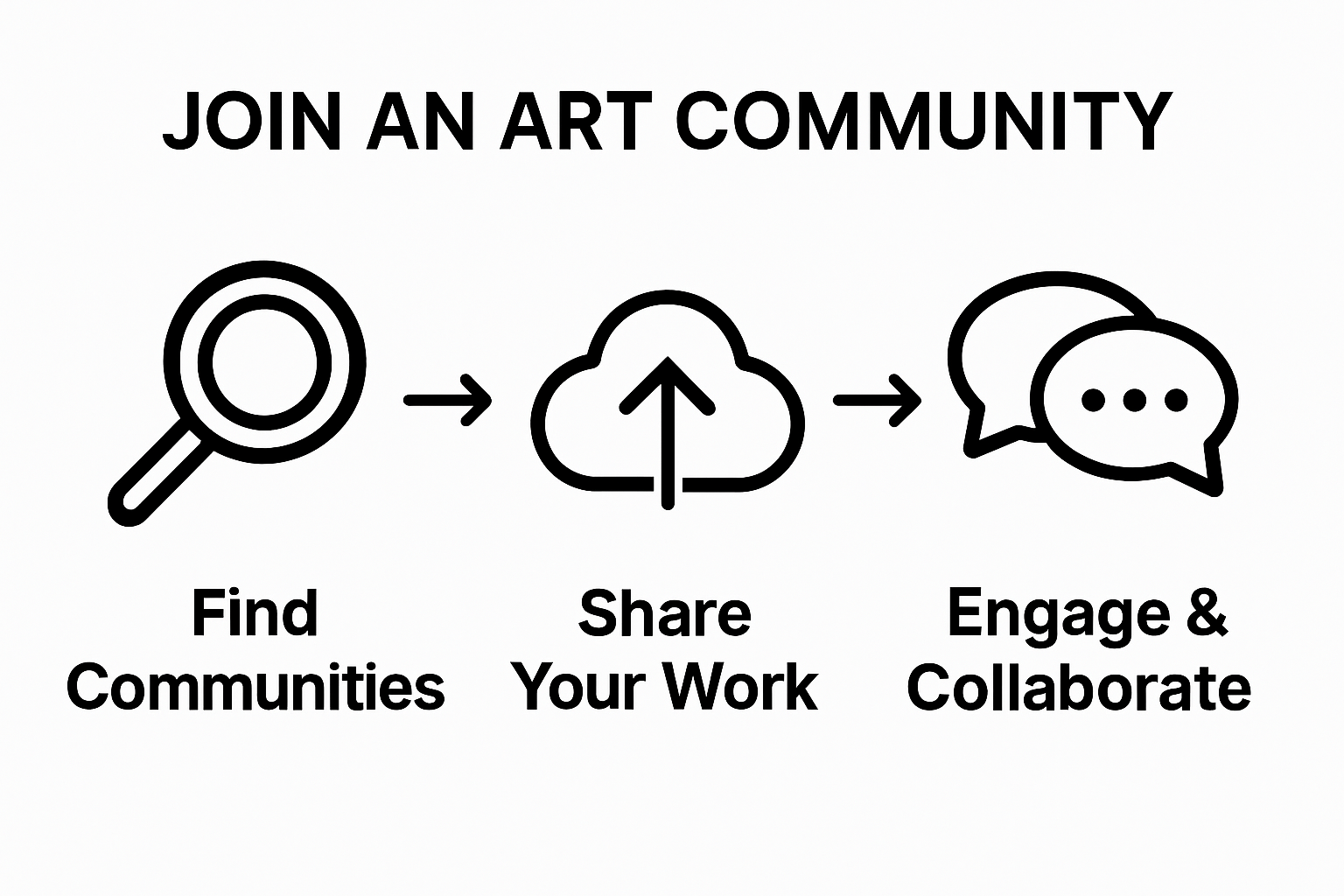 Create a structured method for tracking potential communities by developing a spreadsheet or digital document that captures:
Create a structured method for tracking potential communities by developing a spreadsheet or digital document that captures:
- Community platform or location
- Primary artistic focus
- Membership requirements
- Networking opportunities
- Potential collaboration potential
Consider expanding your search through multiple channels. Professional organizations, artist collectives, and regional art councils often maintain comprehensive directories of creative communities. Public libraries and art supply stores can also provide valuable local networking recommendations.
Remember that successful community research requires patience and open-mindedness. Not every community will be an immediate perfect fit, and exploring multiple platforms increases your chances of finding meaningful artistic connections. Attend virtual and physical events, participate in discussions, and remain curious about different artistic perspectives and approaches.
Step 3: Create a Portfolio or Profile to Showcase Your Work
Your artistic portfolio serves as a critical visual resume and personal brand representation within art communities. A compelling portfolio transforms your creative identity from abstract potential into tangible professional narrative. This step is about strategically presenting your artistic journey and capabilities to potential collaborators and community members.
According to Stanford University’s Art Department, effective portfolios demonstrate focused artistic vision and technical proficiency. Digital platforms offer multiple avenues for portfolio creation, including dedicated websites, social media art profiles, and specialized creative networking platforms like Behance and ArtStation.
When constructing your portfolio, prioritize quality over quantity. Select artwork that represents your unique style, technical skills, and creative range. Include a diverse collection of pieces that showcase your versatility while maintaining a cohesive aesthetic thread. Professional photographers recommend high-resolution images with consistent lighting and neutral backgrounds to ensure your artwork appears professional and engaging.
Your portfolio should include critical components that provide context and depth:
- A concise artist statement explaining your creative philosophy
- High-quality images of your best work
- Technical details about mediums and creative processes
- Evidence of artistic progression and experimentation
Technical considerations are equally important. Ensure your digital portfolio is accessible across multiple devices, with clear navigation and responsive design. Use descriptive file names, include alt text for images, and organize your work into logical categories or series. Consider creating both a comprehensive portfolio for professional opportunities and a curated version for specific community applications.
Professional presentation distinguishes serious artists from casual creators. Invest time in crafting a portfolio that not only displays your artwork but tells a compelling story about your creative journey. Regular updates and thoughtful curation will transform your portfolio from a static collection into a dynamic representation of your artistic evolution.
Here is a checklist table to help you verify the essential elements your art portfolio should include before presenting it to a new community.
| Portfolio Component | Description | Why It Matters |
|---|---|---|
| Artist Statement | Brief explanation of your creative philosophy | Provides context for your artistic vision |
| High-Quality Artwork Images | Clear, well-lit photos/scans of your best pieces | Demonstrates technical skill and style |
| Technical Details | Notes on mediums, materials, and processes used | Shows expertise and versatility |
| Evidence of Progression | Pieces that reflect artistic evolution and experimentation | Indicates growth and openness to learning |
| Cohesive Aesthetic | Work that aligns with your unique visual identity | Reinforces your personal brand and identity |
Step 4: Engage with Community Members Through Events and Social Media
Meaningful artistic connections emerge through genuine interaction and consistent engagement. This step transforms your passive presence into an active community participant, bridging digital platforms and real-world experiences. Successful engagement requires a strategic yet authentic approach to building relationships within artistic networks.
According to the National Endowment for the Arts, arts participation significantly enhances social connectedness and emotional support networks. Your engagement strategy should blend online interactions with physical event attendance, creating a comprehensive approach to community building.
Social media platforms offer powerful tools for artistic networking. Instagram, Twitter, and specialized art communities like DeviantArt provide spaces to share work, comment on others’ creations, and participate in discussions. Develop a consistent posting schedule that showcases your artistic process, behind-the-scenes work, and completed pieces. Engage authentically by leaving thoughtful comments, sharing insights, and supporting fellow artists’ journeys.
Physical events remain equally crucial for building meaningful connections. Art gallery openings, workshops, conferences, and local meetups provide opportunities for face-to-face interactions. Prepare business cards or digital contact information to facilitate connections. Approach these events with curiosity and openness, focusing on learning and building genuine relationships rather than aggressive self-promotion.
Consider these strategic engagement approaches:
- Attend at least one art event or online workshop monthly
- Dedicate 30 minutes weekly to meaningful online community interactions
- Offer constructive feedback and support to fellow artists
- Share your artistic journey transparently
- Collaborate on small creative projects with community members
Consistency is the key to building lasting artistic relationships. Your engagement should feel natural and genuine, reflecting your unique artistic personality. Some interactions might feel awkward initially, but persistence transforms these moments into meaningful connections. Remember that every established artist began exactly where you are now: seeking community and finding their creative tribe.
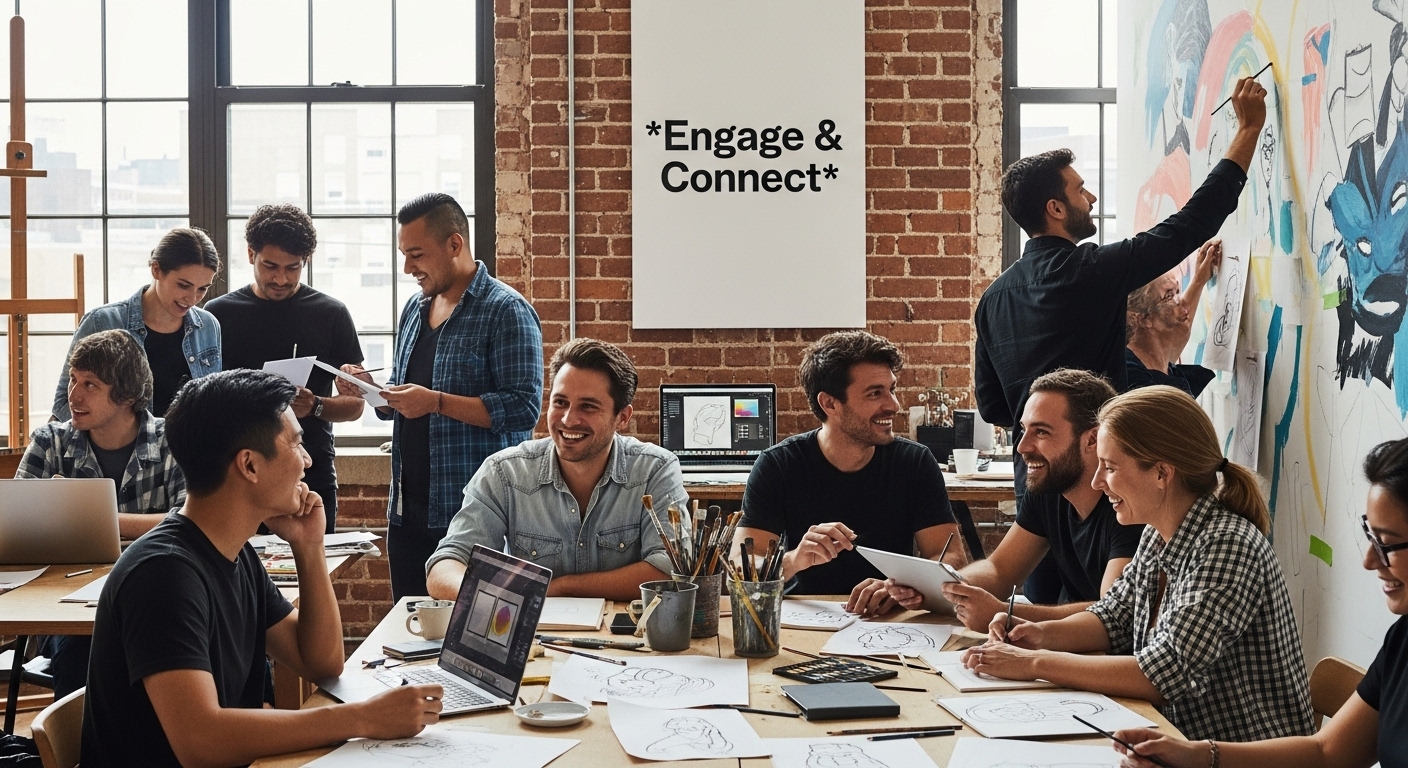
Step 5: Participate Actively in Discussions and Activities
Active participation transforms passive membership into meaningful artistic connections. This critical step moves beyond simple observation, requiring intentional engagement that demonstrates your commitment to the artistic community. Meaningful participation involves more than just showing up it demands genuine interaction, thoughtful contributions, and a willingness to learn from fellow creators.
According to the National Endowment for the Arts, active arts participation significantly reduces feelings of isolation and enhances social connectedness. Your goal is to become a contributing member who adds value through insights, questions, and constructive feedback.
Online platforms offer multiple avenues for substantive engagement. Discussion forums, comment sections, and specialized art community groups provide spaces to share perspectives. When participating, focus on quality over quantity. Craft thoughtful comments that demonstrate deep understanding, ask nuanced questions, and offer constructive critique that helps fellow artists grow. Avoid generic responses like ‘nice work’ instead, provide specific observations that show you’ve carefully examined the artwork.
Physical activities and workshops present equally powerful opportunities for active participation. Attend collaborative drawing sessions, join group critiques, and volunteer for community art projects. These experiences allow direct skill exchange and create lasting professional relationships. Be prepared to step outside your comfort zone, offer assistance, and remain open to learning from artists with diverse backgrounds and techniques.
Consider these strategic participation approaches:
- Contribute meaningful comments in at least three online art discussions weekly
- Attend one collaborative art event or workshop monthly
- Offer constructive feedback during group critiques
- Share resources and opportunities with community members
- Propose collaborative projects that benefit the broader artistic community
Authentic participation requires vulnerability and consistent effort. Some interactions might feel uncomfortable initially, but each contribution builds your reputation as an engaged, supportive community member. Remember that every established artist began by taking small, courageous steps toward connection.
Step 6: Evaluate Your Experience and Make New Connections
Reflection transforms artistic community participation from a passive experience into a strategic personal development journey. This critical step involves carefully analyzing your interactions, measuring the value of your current connections, and intentionally expanding your artistic network. Evaluation is not about judging your performance, but understanding your growth and identifying future opportunities.
According to research on virtual communities, continuous reflection and network expansion are essential for sustainable participation in creative groups. Begin by creating a structured method for tracking your artistic community experiences. Develop a digital or physical journal documenting your interactions, noting meaningful connections, learning experiences, and potential collaboration opportunities.
Effective evaluation requires honest self-assessment.
Review your initial goals for joining art communities and compare them with your current experiences. Which interactions provided genuine value? Where did you feel most inspired or challenged? Look beyond surface-level metrics like follower counts or likes, and focus on the quality of interactions and personal artistic growth.
Expanding your network should be an intentional, strategic process. Attend events outside your primary artistic discipline, explore interdisciplinary platforms, and remain open to unexpected connections. Seek out mentors, peers, and collaborators who challenge your creative perspectives and offer constructive feedback.
Consider implementing these strategic networking approaches:
- Schedule quarterly personal reviews of your artistic community participation
- Reach out to three new potential collaborators monthly
- Attend cross-disciplinary art events and workshops
- Request feedback from community members about your artistic development
- Explore emerging platforms and community formats
Successful artistic networking is a continuous, evolving process. Some connections will naturally fade while others will unexpectedly flourish. Maintain flexibility, approach each interaction with genuine curiosity, and remember that your artistic community is a dynamic ecosystem of creativity and mutual support.
To help you keep track of your ongoing community engagement and networking efforts, use this strategic checklist as a reference for reflection and growth.
| Activity | Frequency | Purpose |
|---|---|---|
| Personal review of participation | Quarterly | Assess growth and set new goals |
| Reach out to new potential collaborators | Monthly (3 people) | Expand your creative network |
| Attend interdisciplinary art events | As available | Broaden artistic horizons |
| Request feedback from community members | As needed | Gain valuable insights and perspectives |
| Explore new platforms and formats | Ongoing | Stay current with emerging opportunities |
Transform Your Artistic Journey With Exclusive Opportunities From The Mansion Press
Building real connections within art communities is never easy. You spend countless hours developing your artistic identity, crafting your portfolio, and seeking a place where you truly belong. You want to collaborate with others who appreciate authentic talent and one-of-a-kind work, but mainstream art spaces rarely offer that sense of exclusivity or genuine support. If your goal is to connect with passionate creators, collectors, or discover limited-edition pieces to complement your own creative process, the experience can often feel frustrating and overwhelming.
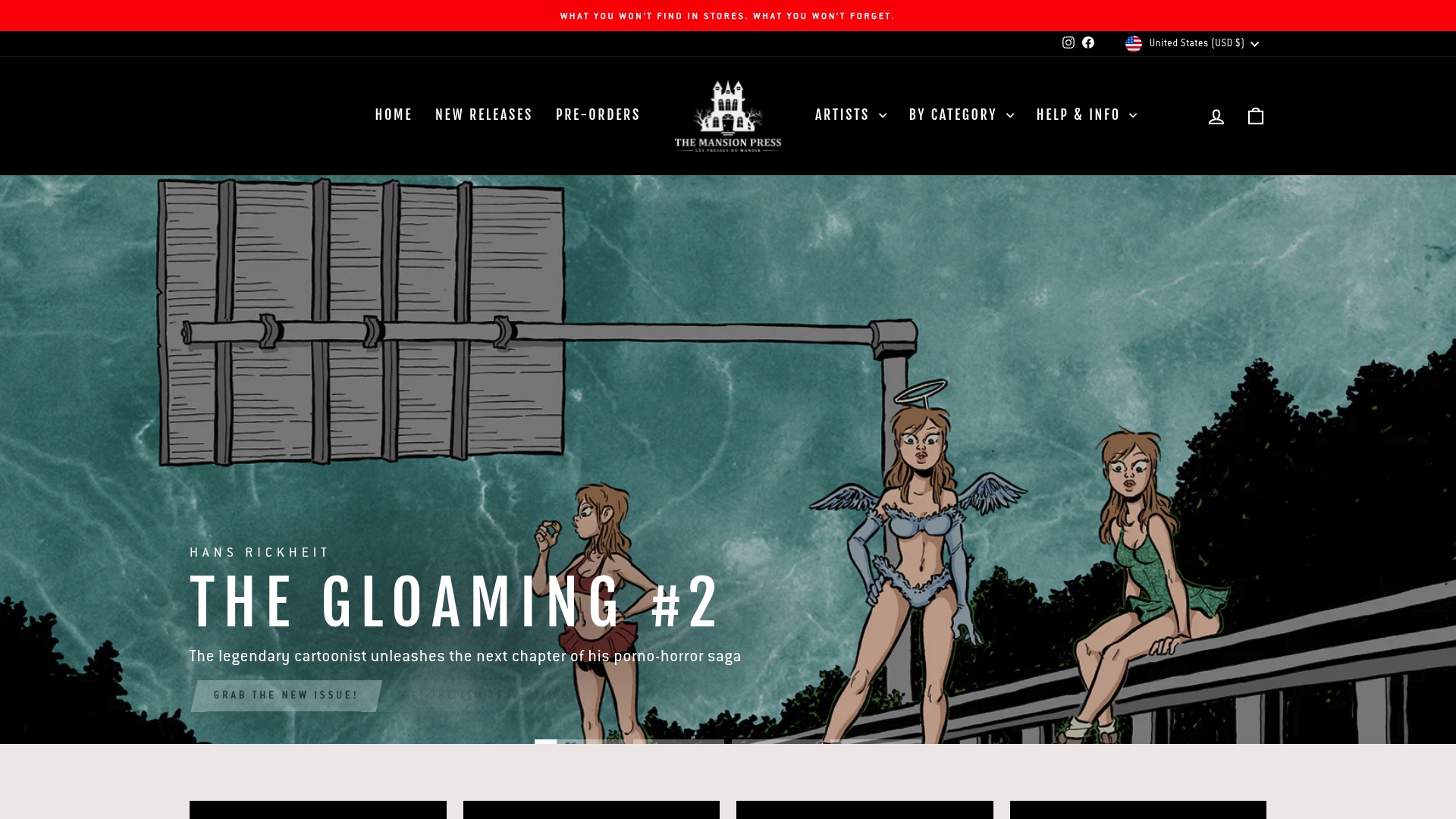
Take the next step and join a space designed for true artists and collectors. At The Mansion Press, you can discover original artbooks, rare comics, and collectible editions that capture the spirit of independent creators. Every product is curated with care, so you connect directly to artists and unique projects not found anywhere else. Visit The Mansion Press today to explore, shop, and become part of a global community that truly understands your creative ambitions. Now is the perfect time to start building meaningful connections and bring new inspiration to your artistic journey.
Frequently Asked Questions
How can I identify which art communities align with my artistic goals?
Research various online and offline art communities by considering their primary focus, membership requirements, and networking opportunities. Use a structured method, like a spreadsheet, to track potential communities that match your artistic style and goals.
What should I include in my art portfolio when applying to join a community?
Your portfolio should feature high-quality images of your best work, an artist statement explaining your creative philosophy, technical details about your mediums, and evidence of your artistic progression. Aim for a cohesive aesthetic that reflects your unique style.
How do I engage effectively with members of an art community?
Engaging with community members involves attending events, participating in discussions on social media, and leaving thoughtful comments on others’ work. Consistently post your artistic journey and support fellow artists to build genuine connections.
What are some strategies for actively participating in art community discussions?
To actively participate, focus on quality contributions such as thoughtful comments, constructive critiques during group sessions, and proposing collaborations. Attend events to engage face-to-face, helping to strengthen your relationships within the community.
